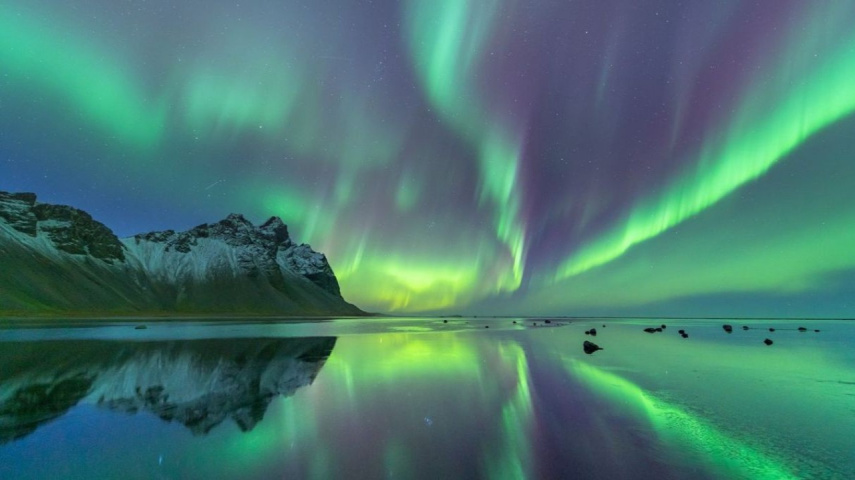Will Southern US witness Northern Lights display? Find out amid reports of geomagnetic storm hitting Earth
Excitement grows as reports of a geomagnetic storm affecting Earth raise hopes of seeing the enchanting Northern Lights in the Southern United States. Here's all you need to know.

-
Experts predict Northern Lights may be visible as far south as Alabama and Northern California
-
G4 geomagnetic storm triggered by solar eruptions creates optimal auroral potential
A severe geomagnetic storm is currently underway, causing excitement among skywatchers as the opportunity to see the mesmerizing Northern Lights extends as far south as Alabama and Northern California.
The ongoing storm, according to experts at NOAA's Space Weather Prediction Center (SWPC), is caused by solar eruptions, including an X 1.1 solar flare and a subsequent coronal hole high-speed stream (CH HSS).
What causes the Northern Lights?
Auroras, also known as the Northern and Southern Lights, are caused when charged particles from the Sun interact with the Earth's atmosphere. These interactions result in breathtaking displays of colorful lights dancing across the sky, fascinating viewers worldwide.
G4 geomagnetic storm
Geomagnetic storms are rated on a five-point scale, with G1 being the weakest and G5 being the most severe. Initially expected to range between G1 and G3, the current storm has been increased to G4, indicating severe space weather conditions. As a result, the Northern Lights may be visible in states as far south as Alabama and northern California.
Viewing conditions
Despite the excitement surrounding the unique opportunity to see the Northern Lights in southern regions, there are some factors to consider that may limit visibility.
A large storm system moving through the country's heartland is expected to bring heavy clouds, snow, and thunderstorms. Furthermore, the light from March's Full Worm Moon and a faint lunar eclipse may reduce visibility.
"The public should not anticipate adverse impacts, and no action is necessary, but they should stay properly informed of storm progression by visiting our webpage," the Southwest Weather Prediction Center (SWPC) stated on Sunday.
While the SWPC assures the public that no adverse effects are expected from the geomagnetic storm, they recommend staying up-to-date on the storm's progress through their website. However, the FOX Forecast Center warns of potential viewing difficulties due to inclement weather and celestial events.
As the Earth is affected by a severe G4 geomagnetic storm, skywatchers across the United States hope to see the spectacular Northern Lights. With reports indicating visibility in states as far south as Alabama and Northern California, enthusiasts should stay up-to-date on viewing conditions and keep an eye out for clear skies in order to witness this celestial spectacle.
ALSO READ: What Is Worm Moon? Know More About The First Lunar Eclipse Of 2024





 JOIN OUR WHATSAPP CHANNEL
JOIN OUR WHATSAPP CHANNEL





































































































